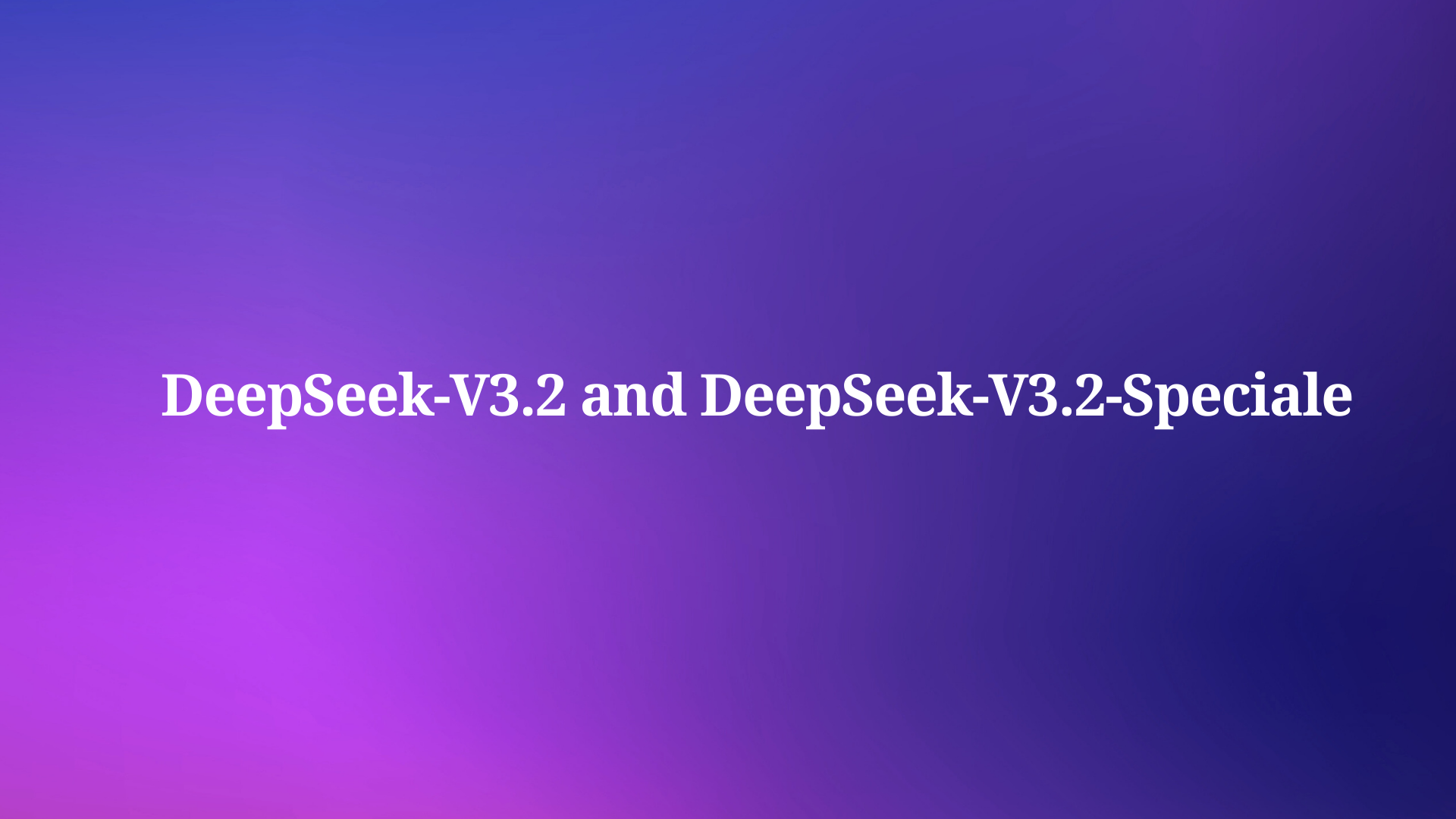Modern software development demands efficient communication between applications. Traditional REST APIs work well for request-response patterns, but many applications require real-time data streaming, event-driven architectures, and asynchronous messaging. This is where AsyncAPI becomes essential.
AsyncAPI represents a significant shift in how we document and design event-driven APIs. Unlike traditional REST APIs that follow synchronous request-response patterns, AsyncAPI focuses on asynchronous communication protocols.
Understanding AsyncAPI Fundamentals
AsyncAPI serves as a specification for describing asynchronous APIs. The specification provides a standardized way to document event-driven architectures, message brokers, and real-time communication systems. Furthermore, it enables developers to create clear documentation for APIs that don't follow traditional HTTP request-response patterns.

The AsyncAPI specification uses a similar structure to OpenAPI (formerly Swagger) but addresses different use cases. While OpenAPI focuses on synchronous HTTP operations, AsyncAPI handles asynchronous messaging patterns commonly found in microservices architectures, IoT systems, and real-time applications.
Core Components of AsyncAPI
Channels and Messages
Channels represent the communication pathways through which messages flow. Each channel defines a topic, queue, or routing key where applications can publish or subscribe to messages. Messages contain the actual data being transmitted, including payload structure, headers, and metadata.
The AsyncAPI specification allows developers to define multiple channels within a single API document. Each channel can support different message types, enabling complex communication patterns. Additionally, channels can specify security requirements, binding information, and operational characteristics.
Servers and Protocols
AsyncAPI supports various messaging protocols including MQTT, AMQP, WebSockets, Apache Kafka, and custom protocols. The server section defines connection details, protocol-specific configurations, and authentication requirements. This flexibility allows AsyncAPI to work with diverse messaging infrastructure.

Protocol bindings provide protocol-specific information that extends the core AsyncAPI specification. For example, Kafka bindings include partition information, while MQTT bindings specify Quality of Service levels. These bindings ensure that AsyncAPI documents contain all necessary implementation details.
Operations and Bindings
Operations define whether an application publishes messages to a channel or subscribes to receive messages. This distinction helps developers understand data flow patterns and design appropriate error handling strategies. Furthermore, operations can specify message filtering, acknowledgment requirements, and retry policies.
Bindings connect AsyncAPI concepts to specific protocol implementations. They provide the technical details needed to implement actual messaging systems. Moreover, bindings ensure that AsyncAPI documents remain practical and implementable across different technologies.
AsyncAPI vs REST API Differences
Traditional REST APIs follow a client-server model where clients initiate requests and servers respond synchronously. This pattern works well for CRUD operations and simple data retrieval. However, REST APIs struggle with real-time updates, event notifications, and streaming data scenarios.
AsyncAPI addresses these limitations by supporting asynchronous communication patterns. Applications can publish events without waiting for immediate responses, enabling loose coupling between services. This approach improves system resilience and scalability compared to tightly coupled synchronous systems.
Communication Patterns
REST APIs typically use HTTP methods (GET, POST, PUT, DELETE) to perform operations on resources. The communication follows a predictable request-response cycle with clear success and error states. However, this synchronous nature limits real-time capabilities and can create bottlenecks in high-throughput scenarios.
AsyncAPI supports publish-subscribe patterns, event sourcing, and message queuing. Applications can react to events as they occur, enabling responsive user experiences and efficient resource utilization. Additionally, asynchronous patterns naturally support batch processing and background task execution.
Data Flow Models
REST APIs follow a pull-based model where clients request data when needed. This approach works well for user-initiated actions but requires polling for real-time updates. Polling creates unnecessary network traffic and introduces latency between events and client updates.
AsyncAPI enables push-based communication where servers send updates to interested clients automatically. This model eliminates polling overhead and provides immediate event notifications. Furthermore, push-based systems can efficiently handle high-frequency updates and real-time data streams.
Benefits of Using AsyncAPI
Improved Documentation
AsyncAPI provides comprehensive documentation for event-driven systems. The specification includes message schemas, channel definitions, and operational characteristics. This documentation helps developers understand complex asynchronous systems and reduces integration time.
Standard documentation formats enable tool integration and code generation. Many development tools can parse AsyncAPI documents to generate client libraries, server stubs, and testing frameworks. This automation reduces manual work and ensures consistency across projects.
Enhanced Developer Experience
AsyncAPI specifications serve as contracts between message producers and consumers. These contracts define expected message formats, error conditions, and operational requirements. Clear contracts reduce miscommunication and integration issues during development.
Tool support for AsyncAPI continues growing, with editors, validators, and generators available. These tools help developers create accurate specifications and maintain documentation quality. Moreover, integrated development environments increasingly support AsyncAPI for improved developer productivity.
Better System Design
AsyncAPI encourages developers to think about system architecture from an event-driven perspective. This approach leads to more scalable and maintainable systems. Additionally, explicit message documentation helps identify potential performance bottlenecks and communication patterns.
The specification format promotes consistent API design across teams and projects. Standard patterns emerge naturally when developers follow AsyncAPI conventions. Furthermore, architectural reviews become more effective when systems use documented asynchronous interfaces.
AsyncAPI Specification Structure
Document Root
Every AsyncAPI document begins with version information and metadata. The document root contains general information about the API, including title, description, and version. This metadata helps developers understand the API's purpose and scope.
The root level also defines default servers, channels, and components that apply throughout the document. These defaults reduce repetition and ensure consistency across the specification. Additionally, the root level can include external documentation references and contact information.
Channel Definitions
Channels represent the core communication pathways in AsyncAPI documents. Each channel definition includes a unique identifier, description, and supported operations. Channels can specify message types, security requirements, and protocol-specific bindings.

Channel parameters enable dynamic channel names and routing patterns. For example, a channel might include user ID parameters for personalized message routing. These parameters increase flexibility while maintaining clear documentation.
Message Schemas
Message schemas define the structure and validation rules for data transmitted through channels. AsyncAPI supports JSON Schema for payload validation, ensuring message consistency across applications. Schema definitions can include examples, constraints, and format specifications.

Message objects contain more than just payload schemas. They include headers, correlation IDs, and metadata that support message routing and processing. This comprehensive approach ensures that all aspects of message communication are documented.
Component Reusability
AsyncAPI supports reusable components that can be referenced throughout the specification. Components include message definitions, schemas, parameters, and security schemes. This reusability reduces duplication and maintains consistency across large API documents.
External references allow AsyncAPI documents to import components from other files or specifications. This feature supports modular API design and enables teams to share common definitions across projects.
Practical Implementation Examples
Real-Time Chat Application
Consider a real-time chat application that needs to handle message broadcasting, user presence updates, and typing indicators. AsyncAPI can document these event flows clearly, showing how messages flow between clients and servers.
The chat application might define channels for room-specific messages, private messaging, and system notifications. Each channel would specify message schemas, security requirements, and operational characteristics. This documentation helps developers understand the complete messaging architecture.
IoT Data Processing
IoT systems generate continuous streams of sensor data that require asynchronous processing. AsyncAPI can document data ingestion channels, processing workflows, and alert mechanisms. This documentation becomes crucial for maintaining complex IoT deployments.
Sensor data channels might include device identification, timestamp information, and measurement values. Processing channels could handle data aggregation, anomaly detection, and alert generation. AsyncAPI helps coordinate these complex data flows.
Microservices Event System
Microservices architectures rely heavily on asynchronous communication for loose coupling and scalability. AsyncAPI documents can describe service-to-service messaging, event sourcing patterns, and integration requirements. This documentation supports effective microservices governance.
Event-driven microservices might use AsyncAPI to document domain events, command patterns, and saga orchestration. Each service can publish its AsyncAPI specification, creating a comprehensive view of system-wide communication patterns.
Tools and Ecosystem
AsyncAPI Studio
AsyncAPI Studio provides a web-based editor for creating and editing AsyncAPI documents. The tool includes syntax highlighting, validation, and preview capabilities. Additionally, it supports collaborative editing and version control integration.
The studio generates documentation from AsyncAPI specifications, creating human-readable API documentation. This generated documentation includes interactive examples and code snippets for multiple programming languages.
Code Generation Tools
Various tools can generate client libraries, server stubs, and documentation from AsyncAPI specifications. These generators support multiple programming languages and messaging protocols. Code generation ensures that implementations match specification requirements.
Popular code generators include AsyncAPI Generator, which supports templates for different languages and frameworks. Custom templates allow organizations to generate code that follows their specific conventions and patterns.
Integration with Development Workflow
AsyncAPI integrates well with existing development workflows through CLI tools, CI/CD pipelines, and IDE plugins. These integrations enable automatic validation, documentation generation, and testing as part of the development process.
Best Practices for AsyncAPI
Clear Channel Naming
Channel names should clearly indicate their purpose and data flow direction. Consistent naming conventions help developers understand system architecture quickly. Additionally, descriptive names reduce the need for extensive documentation.
Consider using hierarchical channel names that reflect system organization. For example, user-related channels might use prefixes like "user.profile" or "user.notifications". This approach creates logical groupings and improves discoverability.
Comprehensive Message Documentation
Message schemas should include comprehensive validation rules and examples. Clear examples help developers understand expected message formats and reduce integration errors. Additionally, schema constraints prevent invalid data from entering the system.
Include both successful and error message examples in AsyncAPI documents. Error handling patterns are crucial for robust asynchronous systems. Furthermore, document expected message frequencies and size limitations.
Version Management
AsyncAPI documents should include version information and change tracking. Version management becomes crucial when multiple applications depend on the same asynchronous interfaces. Clear versioning strategies prevent compatibility issues.
Consider using semantic versioning for AsyncAPI documents. Major versions indicate breaking changes, while minor versions add new features. This approach helps consumers understand the impact of specification updates.
Security Considerations
Authentication and Authorization
AsyncAPI supports various authentication mechanisms including API keys, OAuth, and certificate-based authentication. Security schemes should be clearly documented to ensure proper implementation across all applications.
Message-level security considerations include payload encryption, message signing, and access control. These security measures protect sensitive data transmitted through asynchronous channels. Furthermore, security documentation should include threat models and mitigation strategies.
Data Privacy and Compliance
Asynchronous systems often handle sensitive data that requires privacy protection. AsyncAPI documents should identify data classifications and compliance requirements. This documentation helps developers implement appropriate privacy controls.
Consider documenting data retention policies, anonymization requirements, and consent management within AsyncAPI specifications. These privacy considerations become increasingly important in regulated industries.
Future of AsyncAPI
Growing Adoption
AsyncAPI adoption continues growing as organizations embrace event-driven architectures. The specification evolves to support new messaging patterns and protocols. This evolution ensures that AsyncAPI remains relevant for future architectural trends.
Community contributions drive AsyncAPI development, with input from major technology companies and open-source projects. This collaborative approach ensures that the specification addresses real-world requirements and use cases.
Tooling Improvements
The AsyncAPI ecosystem continues expanding with new tools and integrations. These improvements make AsyncAPI more accessible to developers and enable better integration with existing development workflows.
Machine learning and AI capabilities are being integrated into AsyncAPI tools. These capabilities can suggest improvements, detect patterns, and automate routine tasks. Such innovations will further improve developer productivity and API quality.
Conclusion
AsyncAPI represents a fundamental shift toward better documentation and design of event-driven systems. The specification provides standardized approaches for describing asynchronous communication patterns that traditional REST APIs cannot address effectively.
Modern applications increasingly require real-time capabilities, event-driven architectures, and asynchronous messaging. AsyncAPI provides the documentation standards and tooling needed to build these systems effectively. Furthermore, the growing ecosystem of tools and integrations makes AsyncAPI adoption practical for development teams.
Organizations adopting AsyncAPI benefit from improved documentation, better developer experiences, and more maintainable systems. The specification's flexibility supports various messaging protocols and architectural patterns while maintaining consistency and clarity.



